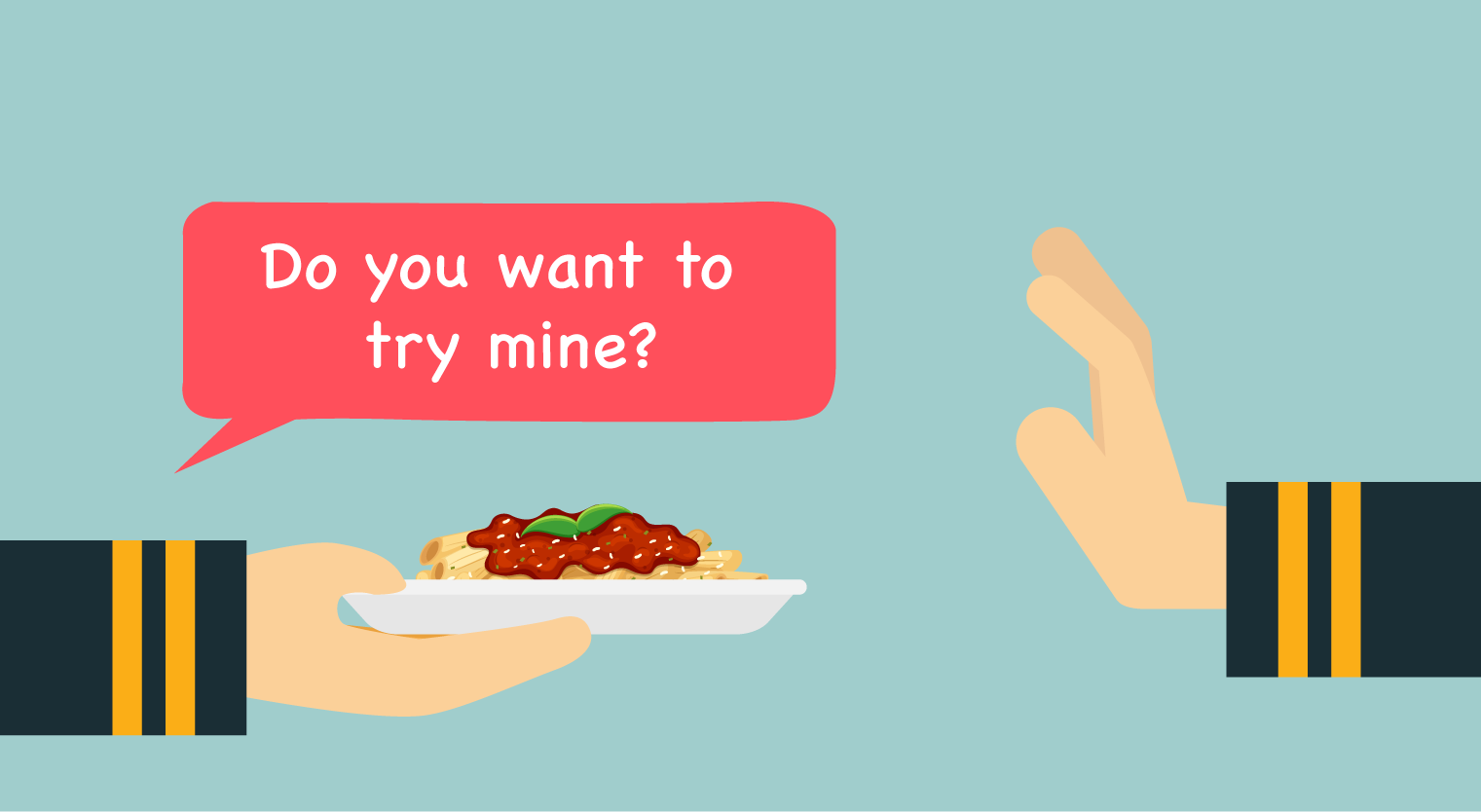7 Facts You Didn't Know About Planes and Pilots
Did you know that your taste buds are less effective when you’re flying at 30,000 feet? Or that pilots aren’t allowed to share meals? Read up these unusual facts about flying!
Updated 28 Jan 2022


Most of us earthly beings have probably never paid much attention to the mechanics of aeroplanes, nor do we know much about what being a pilot is like.
But you’re definitely missing out on some of the most fascinating facts about the world of aviation. So buckle up, sit tight and check out these fun (and crazy!) facts about planes and pilots!
#1. Pilots and co-pilots do not eat the same meals
The term “sharing is caring” rings true — unless, of course, you’re a pilot and are about to fly a plane with the lives of hundreds of passengers in your hands. In that case, pilots are not allowed to eat the same meals as the passengers, nor are they permitted to share food with other co-pilots. And for good reason.
Onboard, flight attendants offer pilots special meals just in case the food prepared for the passengers somehow gets contaminated. For the same reason, pilots and co-pilots can’t share their meals to avoid the chance of both pilots being struck with food poisoning while in flight. A perfect career for those who don’t like sharing food!
#2. You can be a pilot even if you wear glasses
Do you dream of becoming a pilot but are deterred because you’re four-eyed?
Well, good news for you! Based on the Civil Aviation Authority of Malaysia’s medical standards, you can steer an aircraft as long as your distant vision is correctable with the aid of spectacles or contact lenses.
You’ll also be surprised to know that you can still fly a plane despite being colour blind. This depends, however, on how severe your colour blindness is and what colours you can and can’t differentiate.
DID YOU KNOW
International Aviation Centre (IAC) offers commercial pilot licence courses with reputed partners from Australia. Kickstart a lifelong career in aviation by signing up here.
#3. Your taste buds don’t work well in planes
Ever wondered why plane food is generally tasteless and unappetising? Turns out, it isn’t entirely the fault of the chef, but more to do with your own sensory organs!
As the plane ascends to 30,000 feet, the cabin pressure drops and humidity decreases significantly. These factors can cause the sensitivity of your sweet and salty taste buds to reduce by 30%, making even the most delicious nasi lemak taste bad.
To combat food blandness, airlines have to take into account in-cabin conditions when preparing in-flight food, and that often means adding more salt and seasoning to elevate its taste!
#4. Aeroplanes get struck by lightning all the time
If you’ve ever been afraid that the plane you’re on might get struck by lightning, well, you’re right — aeroplanes get struck by lightning at least once a year!
But before you freak out and vow to never step foot on a plane again, you’ll be relieved to know that careful engineering has made it such that aeroplanes can withstand lightning strikes.
According to Prof. John Hansman, professor of Aeronautics and Astronautics at MIT, the fuselage (main body of the aircraft) is built in such a way that it acts as an electricity-conducting shield. When lightning strikes, the voltage runs on the outside of the plane, keeping it away from passengers before it slowly dissipates at the tail (phew!).
PRO TIP
Interested in the mechanics of planes? International Aviation Centre (IAC) offers a number of EASA 147 aircraft maintenance engineering courses, with options to study in Australia and China! Click here for more details.
#5. Flight cabins are drier than the Sahara Desert
Did you know that aircraft cabins are so devoid of water that they’re drier than many deserts in the world? This includes the Sahara Desert and the Atacama Desert in Chile, which is the driest desert on earth.
A study by the University of Palermo found that the average humidity in flight cabins were between 1.8% and 18.5%. To put things into perspective, Malaysia’s humidity is around 80% and Atacama’s is 17.3% — no wonder your mouth is parched and your face feels like crocodile skin!
So the next time you board a plane, remember to keep yourself hydrated by drinking more water and carrying a travel-size moisturiser with you!

#6. Pilots have their own secret English
Well, Aviation English, to be precise.
With thousands of planes in the air at any one point in time, you can imagine how crucial communication is to avoid accidents. Whether you’re from East Asia, the Middle East or the Americas, all pilots must learn a special form of English to communicate with each other and air traffic controllers.
And it’s a language that can trip up even native English speakers. For instance, the words ‘yes’ and ‘no’ are replaced with ‘affirm’ (not ‘affirmative’, contrary to popular belief) and ‘negative’. Other interesting words include ‘niner’ for ‘nine’ (to avoid confusion with other single-syllable words) and ‘wilco’, which is short for ‘will comply’.
#7. Plane windows were initially square...
… until a plane tragically crashed in 1953, killing a total of 43 people.
Investigations showed that dangerous levels of stress had built up around the square windows, causing it to crack under pressure. Since then, curved windows were invented to withstand the internal pressure at cruising altitude, making planes safer than before.
So the next time you sit in a plane looking out the window, know that the round windows aren’t just for aesthetics — they’re for your safety!
There you go — 7 facts you probably didn’t know about the planes and pilots. We hope these curious facts have piqued your interest in the fascinating world of aviation!












